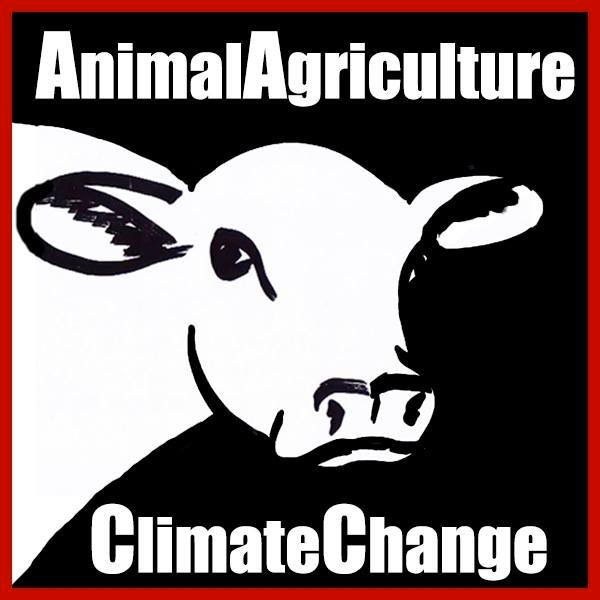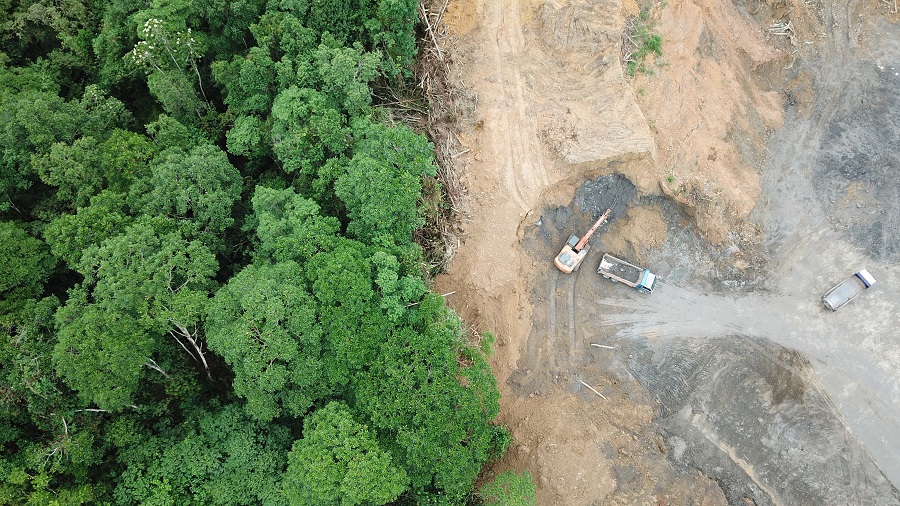Deforestation of the Amazon is happening at an alarming rate, despite COVID-19 which is shown by data from Brazil’s National Space Research Institute.
Activity in most of the world has come to a halt due to the spread of the coronavirus, but illegal logging and land grabbing in the Amazon rainforest show no sign of slowing down. New data reveals that deforestation is the worst it’s been in the region in over a decade.
Conservation news site Mongabay used data from Brazil’s National Space Research Institute to measure how bad deforestation has gotten in the world’s largest rainforest. More than 3,533 square miles have been lost in the last 12 months. That’s an area larger than Yellowstone National Park. The last time the situation was this bad in the Amazon was May 2008, when a record 3,548 square miles were lost in a 12-month period.
So far in 2020, the Amazon has lost 300 square miles of forest, per Mongabay, which is 55 percent higher than at this point last year. This devastation kicked off long before the novel coronavirus disrupted daily life, though. 2019 saw the rainforest erupt into flames. It’s got a lot to do with right-wing racist Jair Bolsonaro becoming president in Brazil.
But the COVID-19 pandemic is making a bad situation worse. So far, Brazilian indigenous groups have confirmed at least seven cases of the deadly virus, according to National Geographic. A 15-year-old Yanomami boy died of the virus in Brazil. So not only do these loggers threaten the sustainability of the rainforest; they are threatening the health and safety of the indigenous people who live there.
They were already experiencing direct violence at the hands of these criminals, but this is another level of danger. For indigenous people across the Americas, the onslaught of disease is eerily reminiscent of the genocide that began in the 15th century—in part due to new germs their immune systems had never encountered. For some of these remote communities, their only pathway to exposure to COVID-19 is through those trying to destroy their home.
This destruction also helps fuel the spread of these diseases because it destroys key habitats wildlife rely on, new research has found. Without it, they’re more likely to interact with humans.
This forest loss impacts people everywhere. The Amazon Rainforest serves as a major carbon sink, helping suck carbon dioxide out of the air and storing it within its trees. Unfortunately, when rainforest burns—the destruction method of choice for those who want to clear land to be used for ranching or agriculture—all that carbon is released back into the atmosphere. If this pattern of deforestation continues, the Amazon will become a source of greenhouse gas emissions rather than a place to store them, research has found. That’ll only accelerate the climate crisis.
Original source: https://earther.gizmodo.com

